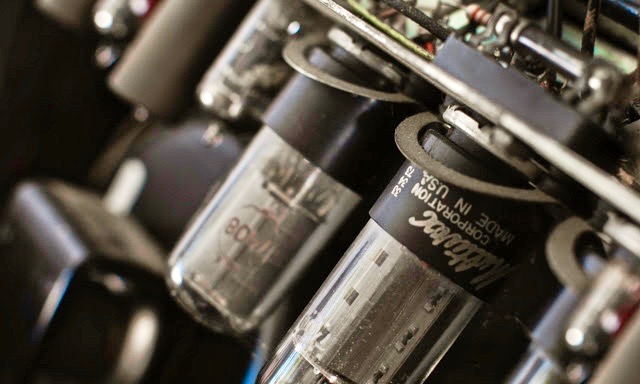I was hired to record an orchestra for a Pacific Bell commercial campaign. We booked one of my favorite studios, Westlake, Studio C in Hollywood. It was a beautiful room featuring a Neve Console and Studer tape machines, but the thing I loved about it was the skylight over the console. Spending long days in a room with no windows is hard and the natural light made me feel better. The music was written and produced by Rick Nowels. Rick had a propensity to find and work with interesting people. This time he hired arranger Paul Buckmaster (Elton John, Rolling Stones, David Bowie). We recorded the rhythm tracks, drums, bass, keyboards, guitar, and then the strings, maybe sixteen pieces, violins, violas, celli, woodwinds. The session stretched late into the night. Paul asked me to give him a ride to his hotel, so we crawled into my fifteen-year-old MGB sports car and took off. Our conversation turned to a growing situation that needed to be handled with tact. As Paul was getting out of the car, he paused and said, “An old man in England once told me, ‘If you’re ever in a tit for tat with someone, make sure you do the moral and ethical thing, and you’ll always win.”’..
-Collective sound designer/mixer Robert Feist
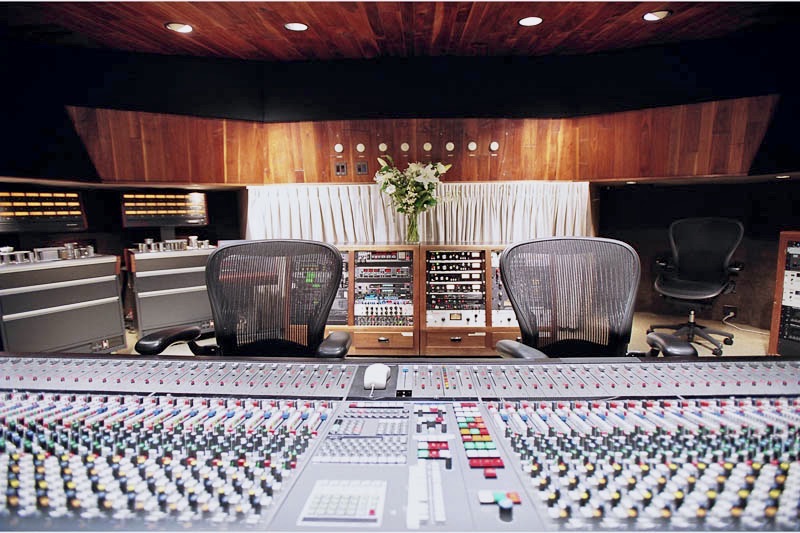
Architecture and music are seemingly discrete entities. Yet when blended our impressions of them tend to play one off, or with, the other. Collective members Robert Feist, Glenn Sparks and Michael Stearns have each enjoyed decades working with sound waves in recording studios; they can confirm the interrelationship.
What in our human perception commingles sound waves with solid structures? Johann Wolfgang von Goethe observed: “Music is liquid architecture; architecture is frozen music”. Marcos Novak, a self-described transarchitect (architect, artist, and composer), is a theorist who employs algorithmic techniques to design actual, virtual and hybrid intelligent environments. He’s expanded his definition of architecture to include electronic space, and refers to his creations as ‘liquid architecture’, ‘navigable music’ and ‘archimusic’. “If we described liquid architecture as a symphony in space, this description would still fall short of the promise. A symphony, though it varies within its duration, is still a fixed object and can be repeated. At its fullest expression a liquid architecture is more than that. It is a symphony of space, but a symphony that never repeats and continues to develop. If architecture is an extension of our bodies, shelter and actor for the fragile self, a liquid architecture is that self in the act of becoming its own changing shelter. Like us, it has an identity; but this identity is only revealed fully during the course of its lifetime.” This adaptability is remarkable for its kinetic intelligent design. It may also become a necessity in the very near future.
-Glenn Sparks/Collective Producer

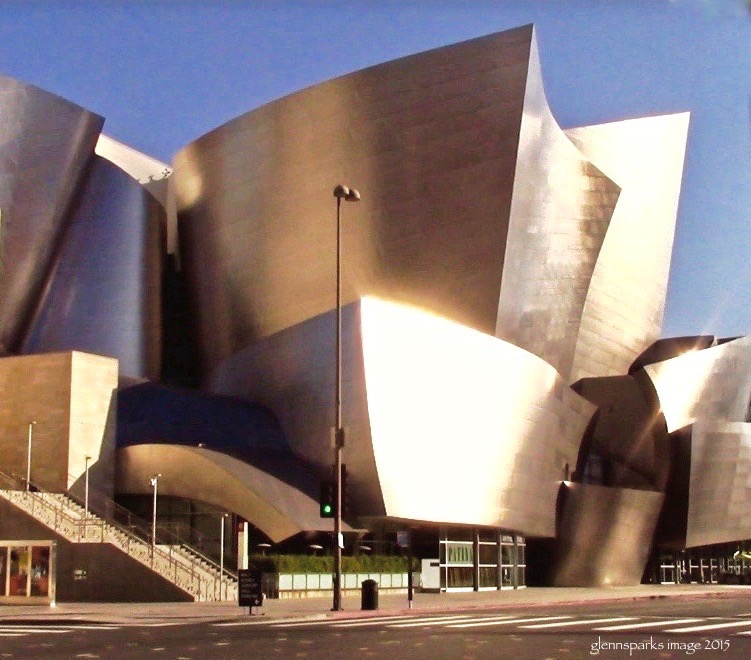
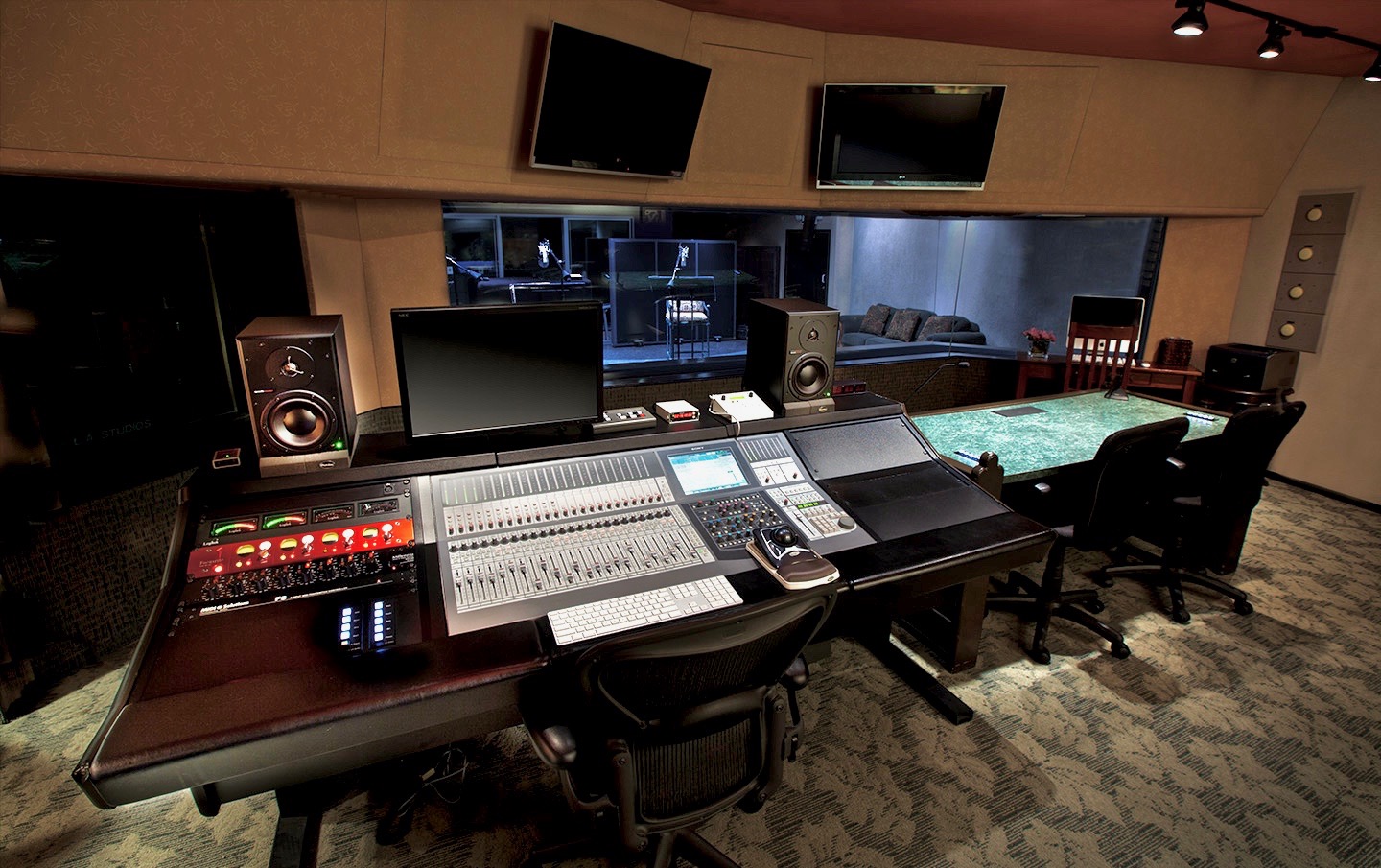
I’ve mixed the audio for thousands of TV commercials. One of my favorite campaigns, from the fall of 1992, was produced by ad agency Weiden+Kennedy and directed by Joe Pytka. Unlike most of the sessions I mixed in that Hollywood studio, the images from that day, and the spots we worked on still hang in my mind.
There were only three or four people in attendance. Dan Weiden paced the room, looking like a wizard, as I pushed up the faders on a series of commercials for the American Indian College Fund. The spots were simple and elegant. One of them followed several men from the Lummi Nation as they rowed a canoe across a calm mountain lake. A warm male voice said, “The Lummi language does not have words for a lot of things … deforestation, water pollution, endangered species, goodbye. We never thought we’d need them.” Then they cut to a title card:
“Save a Culture That Could Save Ours.”
–Robert Feist/Collective sound designer/mixer

Collective composer/musician Michael Stearns recently completed “Convergence”, a collaboration with Norwegian composer/musician Erik Wøllo. The music is sublime and seductive, a creation of two artists at the top of their game. Have a listen here
https://projektrecords.bandcamp.com/album/convergence
– Glenn Sparks/Collective Producer
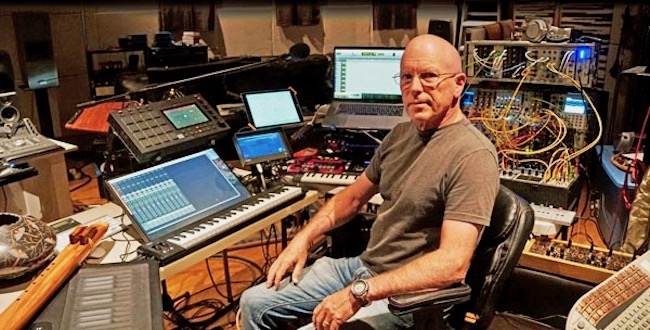
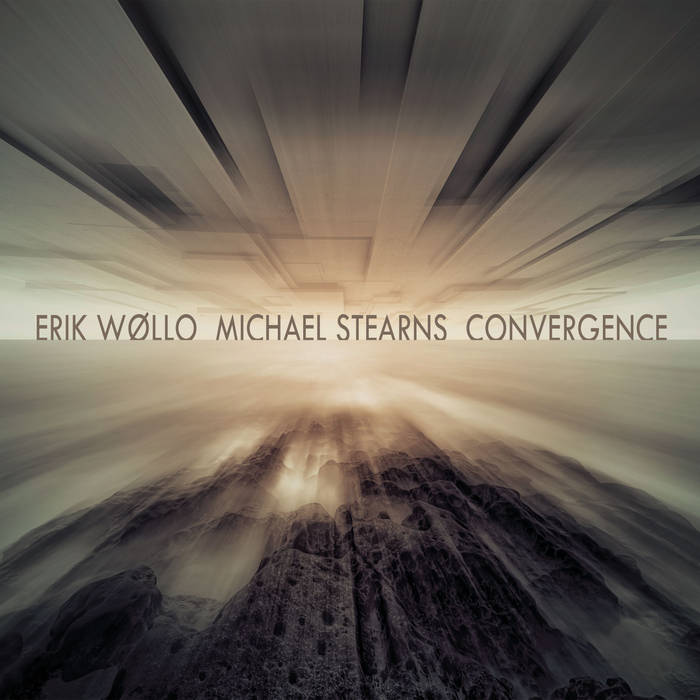
Meme (noun)
- 1- a cultural item that is transmitted by repetition and replication in a manner analogous to the biological transmission of genes.
- 2- a cultural item in the form of an image, video, phrase, etc., that is spread via the internet and often altered in a creative or humorous way.
Meme is the 4th’ m of message, medium, market. Like a great tagline, a good meme sticks like peanut butter to the roof of one’s subconscious. In their social way memes transmit ideas and belief information in a manner similar to the way genes transmit biological information. Memes can also mutate while spreading, and can also be any viral phenomenon able to induce agents to replicate it, resulting in copies being produced and broadcast Think of a group of kids playing Telephone. The original message tends to change dramatically as it’s whispered from one person to the next.
More interesting yet is a meme mutating across generations. Marcel Duchamp worked on his sculpture ‘The Bride Stripped Bare By Her Bachelors, Even’ for 8 years, 1915-1923. A complex, humorous piece enclosed by glass panes, it achieved minor notoriety in the years after its completion. In 1979 Bryan Ferry resurrected the meme with his solo album ‘The Bride Stripped Bare’. Thirty years later Richard Branson’s treatise on commerce and trade was playfully entitled ‘Business Stripped Bare’. The meme transcended time, accrued equity, and mutated creatively.
–Glenn Sparks/Collective Producer
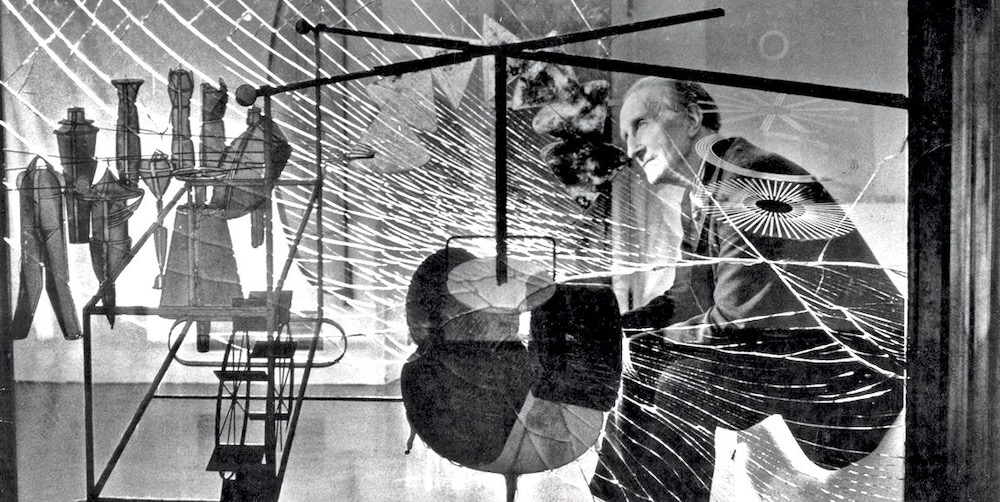
Marcel Duchamp with “The Bride Stripped Bare by Her Bachelors, Even”
Volume gets everyone’s attention. It’s powerful, and all too often can’t be ignored. You can hide in loud. In the recording studio, loud covers the truth of low energy, bad performance, and weak songs in the same way over-the-top visual effects deflect your attention from a flawed narrative and one dimensional, cardboard characters. I’ve watched film editors use loud to sell an edit to a client. Sound mixers can use it to sell a mix, and politicians use it to cover up no platform, poor leadership, posturing. But it’s a cheap trick. In the end, bad is bad, no matter how loud it is.
–Robert Feist/Collective sound designer & mixer
